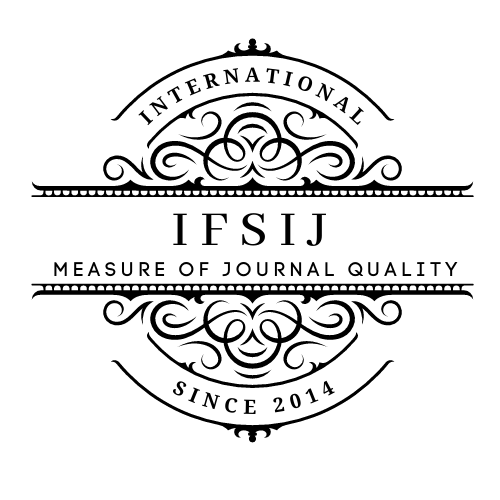CIRRHOSIS: PATHOPHYSIOLOGY, DIAGNOSIS, AND THERAPEUTIC APPROACHES
Keywords:
Hepatic fibrosis, Portal hypertension, Liver function tests, Ascites, Liver biopsy, Non-invasive diagnostic tools, Liver transplantation, Alcoholic cirrhosis, Viral hepatitis-related cirrhosis, Non-alcoholic fatty liver disease (NAFLD).Abstract
Cirrhosis is a late stage of liver disease in which healthy liver tissue is gradually replaced by scar tissue (fibrosis). This scarring blocks the flow of blood through the liver and impairs its ability to function properly. The liver plays a critical role in detoxifying harmful substances, producing proteins important for blood clotting, and processing nutrients, so when cirrhosis develops, these functions are compromised.
Downloads
Published
Issue
Section
License

This work is licensed under a Creative Commons Attribution-NonCommercial-NoDerivatives 4.0 International License.















